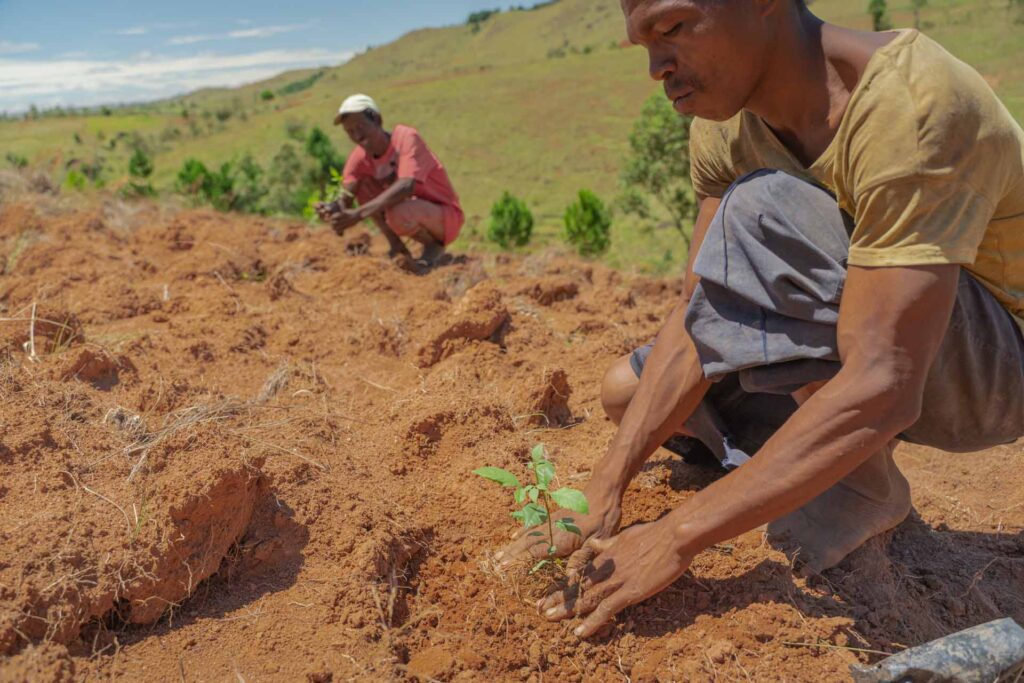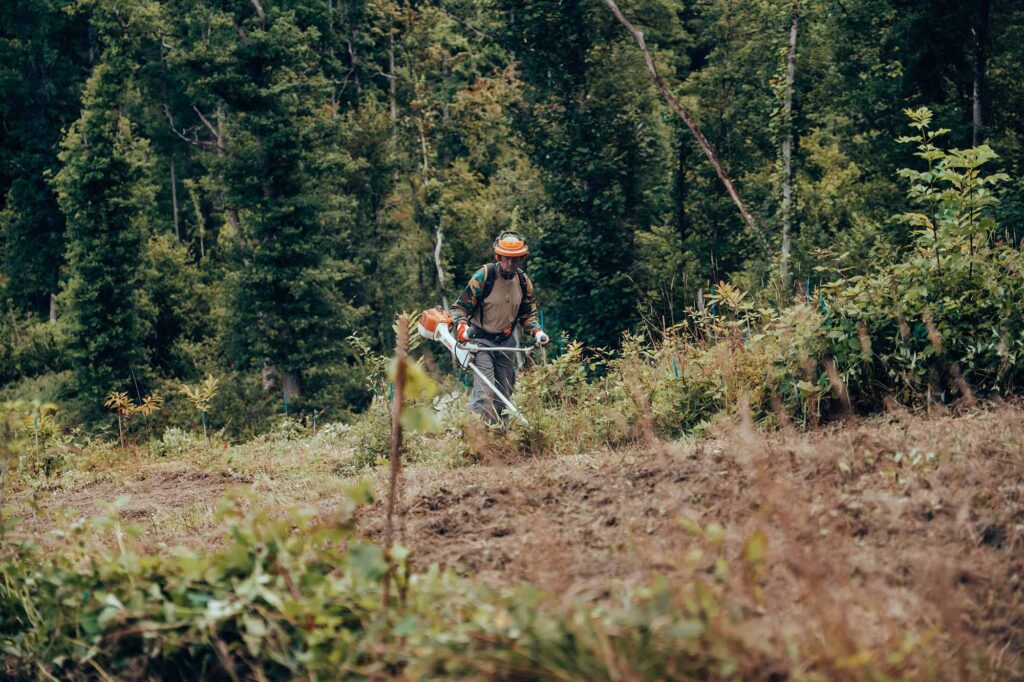Go Forest's approach to carbon credits
Global warming is accelerating and goes hand in hand with a biodiversity crisis. The time to act is now (yesterday, or 50 years ago) and we need to throw all resources into the fight.
As an organization, it is important to take drastic measures to reduce its greenhouse gas emissions. In addition, it is important to take action to remove CO2 from the atmosphere in line with its residual emissions (or beyond, since we were also responsible for emissions in the past).
At Go Forest, we provide solutions to companies for easy carbon sequestration through nature, specifically through ARR.
What is ARR?
The abbreviation ARR stands for:
- Afforestation: Creating a new forest
- Reforestation: Recreating a forest that has disappeared (this is our main focus)
- Revegetation: Replanting and rebuilding the soil of disturbed land
ARR initiatives can help reduce atmospheric carbon dioxide by sequestering carbon in tree biomass, offering relatively low-cost carbon removal opportunities that are ready to implement.
Forests are one of the largest natural carbon sinks. Restoring trees on degraded land can remove 6 to 11 GtCO2 (gigatonnes of carbon dioxide) annually, significant compared to the recent global emission of 30 to 37 GtCO2 per year.
ARR initiatives not only help to mitigate global warming but also enhance biodiversity, restore ecosystems, and provide numerous socio-economic benefits. By creating new forests, restoring those that have been lost, and rejuvenating degraded lands, ARR projects contribute significantly to global efforts to combat climate change.
Developing carbon credits through ARR projects and selling these to companies or individuals that need them is an effective way to incentivize and finance these essential activities.
Developing carbon credits
A carbon credit is a permit that represents one tonne of carbon dioxide removed from the atmosphere. Organizations and individuals can purchase these credits to offset their own carbon emissions, thereby supporting projects that reduce or remove carbon dioxide from the atmosphere. Carbon credits and the carbon market are a crucial part of global climate action initiatives, enabling the financing of sustainable projects aimed at reducing global greenhouse gas emissions.
Carbon credits generated through ARR projects represent quantifiable and verifiable removals in carbon dioxide emissions. These credits can be sold to companies and individuals seeking to offset their carbon footprint, providing a financial incentive to support and expand ARR initiatives. This mechanism not only drives investment in reforestation and afforestation but also encourages sustainable land use practices.
Why do we focus on DRC and Madagascar first?
The Democratic Republic of Congo (DRC) and Madagascar are among the most urgent areas needing ARR projects. Both countries possess vast tracts of land with significant potential for reforestation and afforestation, making them our ideal starting points for impactful ARR initiatives.
- Urgent need for action
- DRC and Madagascar are experiencing high rates of deforestation and land degradation, contributing to loss of biodiversity, increased carbon emissions, and adverse impacts on local communities. Immediate action in these regions can prevent further environmental degradation and promote ecological restoration.
- High potential for carbon sequestration
- The tropical forests in DRC and Madagascar have a remarkable capacity for carbon sequestration. Reforesting these areas can capture substantial amounts of CO2, making a significant contribution to global carbon reduction goals. Mangroves in Madagascar, for instance, are incredibly efficient at sequestering carbon. They can store up to 140 tonnes of carbon per hectare in aboveground and belowground biomass, making them one of the most carbon-rich ecosystems (Source).
- Social Impact
- ARR projects in DRC and Madagascar have the potential to deliver profound social benefits. By engaging local communities in reforestation efforts, these projects can create jobs, improve livelihoods, and promote sustainable development. Enhanced forest cover can also improve water security, reduce soil erosion, and foster better agricultural practices, thereby contributing to the overall well-being of the region’s inhabitants. By involving, educating, and empowering local communities in the ARR projects, we ensure the sustainability and success of the projects in the long term.
- In DRC we work together with our partner CO2logic by South Pole as a certification company. In Madagascar, we work together with the social organization Bôndy. Both the plantations will be distinguished with the Gold Standard. This is the highest level regarding biodiversity and community care. All proceeds from the sale of carbon credits will be invested in the project and further economic development of the region (hydro-turbine, cassava processing, ecological palm plantation, etc.).
- An example of the impact resulting from the mangrove plantations in Madagascar: Over and above the environmental impact, local crab fishermen have reported a significant increase in their income thanks to the plantations. This positive economic outcome motivates the crab fishermen to take care of the mangroves in the long term.
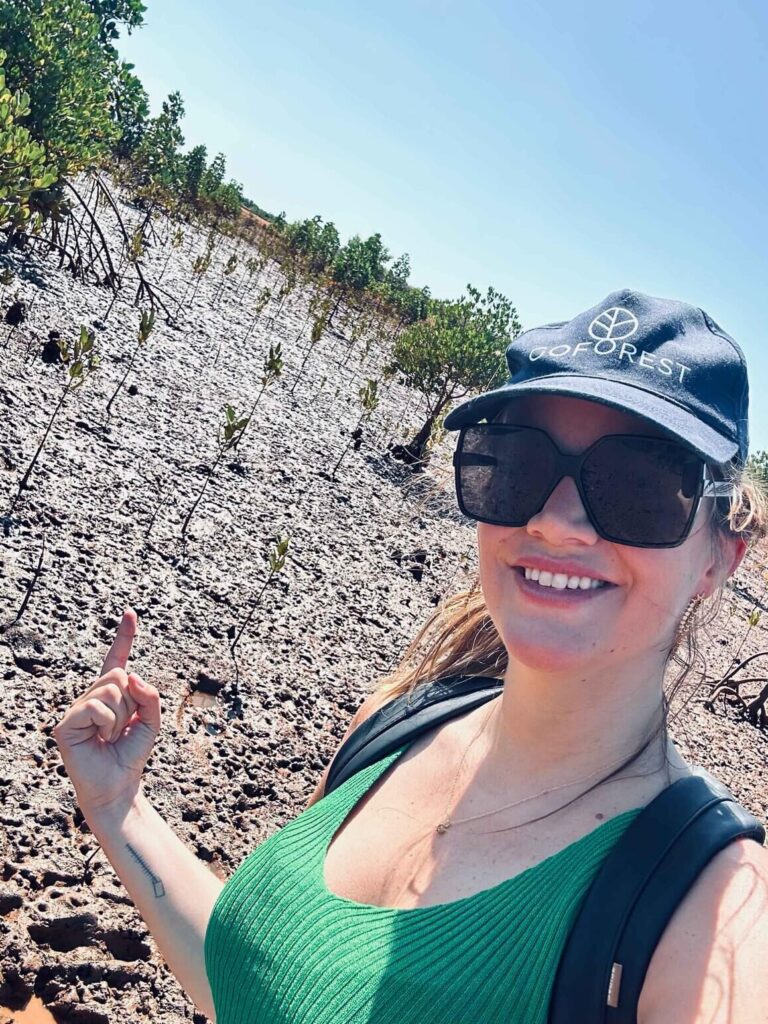
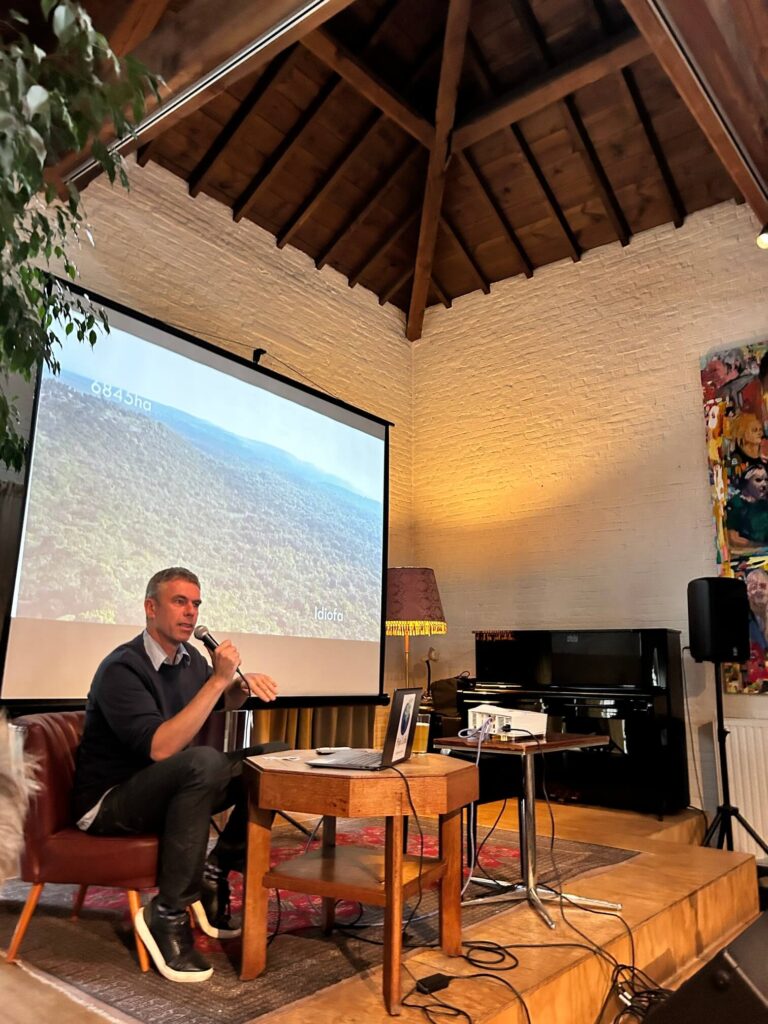
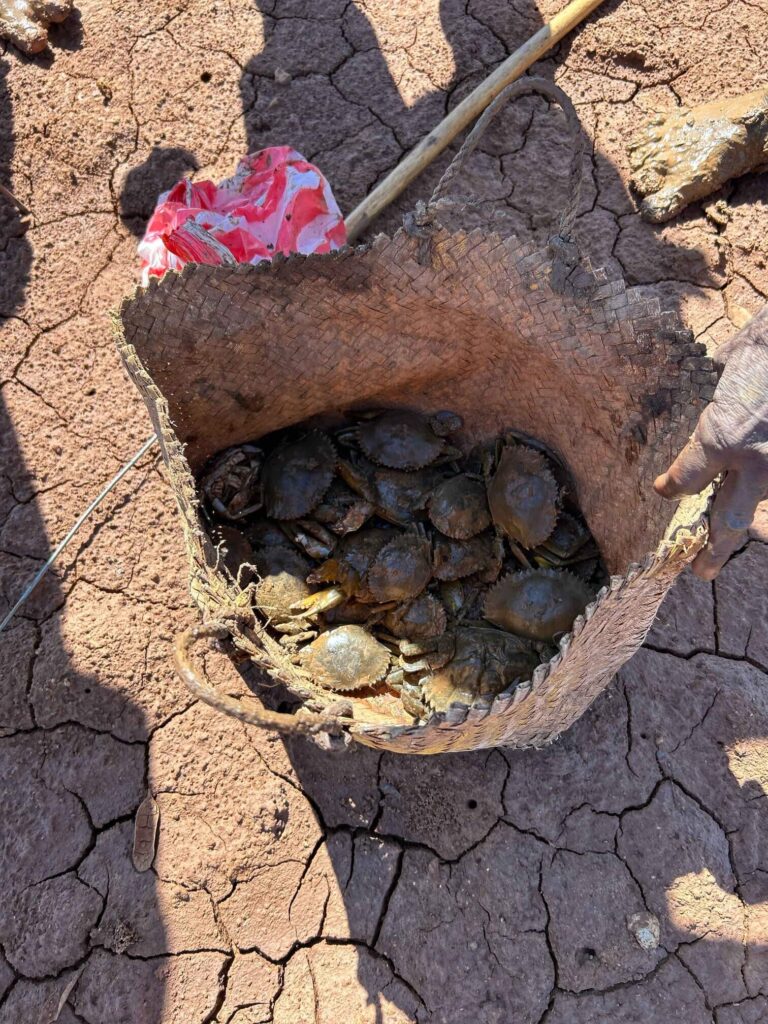

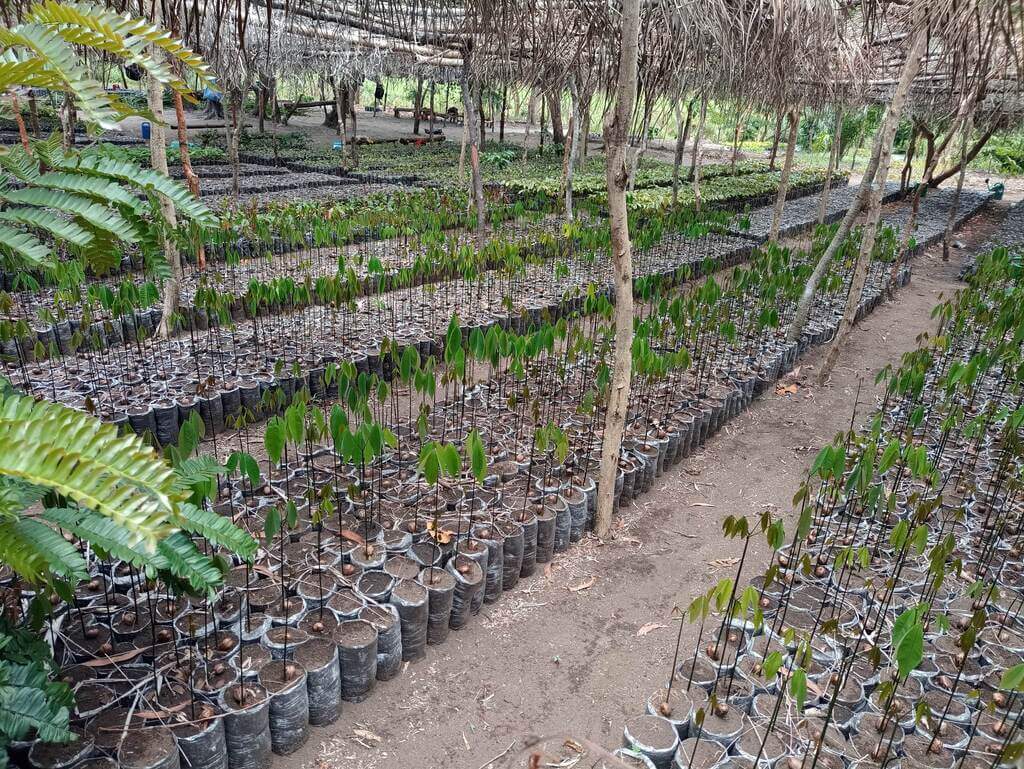
ARR projects are crucial for global climate change mitigation. Developing carbon credits through these projects facilitates their expansion and provides a market-based approach to fund and sustain them. Focusing on urgent areas like DRC and Madagascar ensures we address the regions that are most in need while maximizing environmental and social impacts. By prioritizing these areas, we can make significant strides in carbon sequestration, biodiversity conservation, and community development, paving the way for a more sustainable and resilient future.
Both non-certified and certified projects are needed
Due to the urgent need for widespread reforestation efforts, it is crucial to engage in both non-certified, small-scale tree planting and certified projects with carbon credits.
Small-scale initiatives allow for immediate action and community involvement, fostering local stewardship and quick implementation. These projects can address localized environmental issues, improve biodiversity, and provide immediate benefits to local communities.
On the other hand, certified projects with carbon credits offer rigorous verification and accountability, ensuring long-term sustainability and attracting significant investment. These projects contribute to large-scale carbon sequestration and meet global standards for biodiversity and community welfare, such as those set by the Gold Standard.
Combining both approaches allows us to tackle the urgency of reforestation from multiple angles, maximizing environmental and socio-economic benefits while ensuring long-term effectiveness and scalability
Our approach for more involvement, and transparency
Invest in forests, not just carbon credits
At our organization, we developed a unique program (‘Future credits program’) where you don’t just purchase carbon credits like commodities on a marketplace. Instead, you invest with us in hectares of forest, which will generate carbon credits for your company over the next 20 years. This approach not only aligns with your sustainability goals but also offers a deeper connection to your environmental impact.
Each company participating in our program will have a personalized company impact dashboard. This dashboard ensures that a certified project feels as engaging and impactful as our typical non-certified Go Forest projects. Here’s how we make this happen:
- Personalized Polygons:
- We draw specific polygons around the hectares assigned to your company, giving you a clear visual representation of your investment.
- Comprehensive imagery:
- We combine satellite images with drone footage to provide detailed views of your forested areas, offering you a real-time glimpse into the progress and health of your forests. Thanks to partners who invest in AI, we can conduct additional measurements and analyses, ensuring the most accurate and up-to-date data on your forest’s impact – and not just during an audit round.
- Clear reporting and impact data:
- You will receive transparent and detailed reports, regular news updates, impact data, and metrics that track the growth and benefits of your investment. This ensures that you can quantify and communicate the environmental impact effectively. This data goes far beyond CO2; it includes food production, the number of jobs created, community events, and more.
- Qualitative storytelling:
- We provide rich, qualitative storytelling to make your forest investment tangible. Through stories, images, and videos, we bring the forest to life, maximizing involvement from your customers, employees, and other stakeholders.
Maximizing engagement and impact
Our ‘Future credits program’ is designed to make the process as engaging and impactful as possible. By investing in hectares of forest, you not only contribute to carbon sequestration but also to biodiversity conservation, local community development, and the overall health of our planet. This immersive approach fosters a sense of ownership and responsibility, enhancing the engagement of all involved parties.
Join us in making a tangible, long-term difference. Invest in forests and witness the growth of your impact over the next 20 years by generating carbon credits from your trees with impact. Together, we can create a greener, more sustainable future.
Learn more about our future credits program here
Feel free to let us know how much CO2 you wish to offset in the coming years, and we will provide you with the price per hectare as well as the price per ton.

